The midline vertical skin incision laryngectomy approach results in reduced complications with no compromise to survival or recurrence
ABSTRACT NUMBER: NESS PRIZE FOR JUNIOR TRAINEES (BELOW ST3)_5
MAIN ABSTRACT TEXT
Introduction
A total laryngectomy (TL) involves removal of all laryngeal structures and a portion of the trachea and is typically used to treat locally advanced laryngeal or hypopharyngeal cancer. The literature describes various incisions, but very limited research exists on the impact of different incision location on clinical outcomes. Thus, this study aims to compare the clinical outcomes between two incision types; vertical midline and apron-type incisions.
Methods
A retrospective analysis was conducted of patients (n=79) undergoing a TL in two academic head and neck centres. The effects skin incision technique on postoperative outcomes were analysed using cross-tabulations and regression modelling.
Results
A total of 79 patients were included in the study. Of which, 54 patients underwent an apron incision and 25 underwent a vertical midline incision. Vertical midline incisions were significantly associated with reduced risk of lymphoedema (p=0.011), pharyngocutaneous fistula (PCF) (p=0.031). Regression analysis demonstrated incision type did not influence recurrence (HR 2.28, 95%CI 0.61- 8.53, p=0.219) or survival (HR 1.41, 95%CI 0.55-3.65, p=0.477). However, binomial regression apron incisions increased the odds of minor (OR 9.59, 95%CI 1.34-68.82, p=0.025) and major (OR 3.59, 95%CI 1.71-78.21, p=0.045) complications.
Conclusion
The vertical midline incision for TL provides superior post-operative outcomes; including major and minor complications, lymphoedema and PCF, without compromising recurrence or survival. Thus, this approach should be considered for all laryngectomy and pharyngolaryngectomy procedures unless extensive lateral nodal metastasis complicates the resection.
